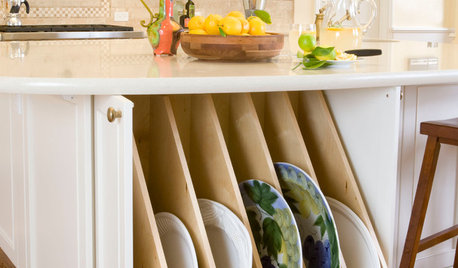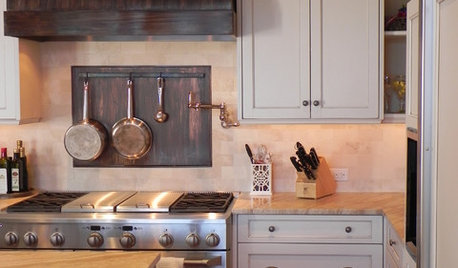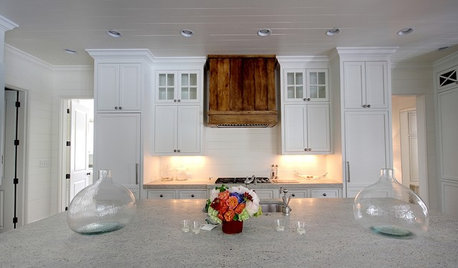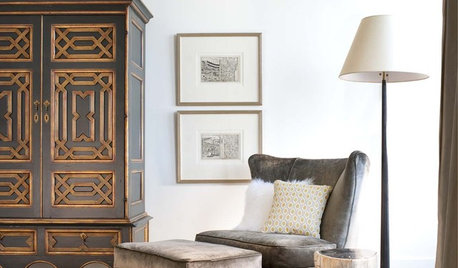Amps required for new range?
warmfridge
14 years ago
Related Stories

CONTRACTOR TIPSBuilding Permits: 10 Critical Code Requirements for Every Project
In Part 3 of our series examining the building permit process, we highlight 10 code requirements you should never ignore
Full Story
KITCHEN DESIGNKitchen Confidential: Amp Up Your Storage With Pullouts
See 12 types of cabinet pullouts that make your cooking and cleaning items easier to find and use
Full Story
CONTRACTOR TIPSBuilding Permits: When a Permit Is Required and When It's Not
In this article, the first in a series exploring permit processes and requirements, learn why and when you might need one
Full Story
KITCHEN DESIGNHow to Find the Right Range for Your Kitchen
Range style is mostly a matter of personal taste. This full course of possibilities can help you find the right appliance to match yours
Full Story
5 Stunning Modern Range Hoods
Today's kitchen range hoods can look like sleek sculptures. Here's what to look for when you go shopping for one
Full Story
HOUSEKEEPINGHow to Clean Your Range and Oven
Experts serve up advice on caring for these kitchen appliances, which work extra hard during the holidays
Full Story
KITCHEN APPLIANCESWhat to Consider When Adding a Range Hood
Get to know the types, styles and why you may want to skip a hood altogether
Full Story
KITCHEN BACKSPLASHESKitchen Confidential: 8 Options for Your Range Backsplash
Find the perfect style and material for your backsplash focal point
Full Story
KITCHEN DESIGNWood Range Hoods Naturally Fit Kitchen Style
Bring warmth and beauty into the heart of your home with a range hood crafted from nature's bounty
Full Story
DECORATING STYLESCity View: Dallas Design Corrals a Range of Styles
All antlers and cowhide? Hardly. See the real styles and trends, and the misconceptions, about design in this Lone Star State hub
Full StorySponsored
Zanesville's Most Skilled & Knowledgeable Home Improvement Specialists
More Discussions








Ron Natalie
dave777_2009
Related Professionals
Corsicana General Contractors · Dardenne Prairie General Contractors · Henderson General Contractors · Lincoln General Contractors · Mount Holly General Contractors · Pine Hills General Contractors · Rocky Point General Contractors · Sauk Village General Contractors · Sterling General Contractors · Muscatine Solar Energy Systems · Cypress Home Automation & Home Media · Gages Lake Home Automation & Home Media · Lakeway Home Automation & Home Media · Lakewood Home Automation & Home Media · Weatherford Home Automation & Home MediawarmfridgeOriginal Author
hendricus
dave777_2009
sfjeff
hendricus
brickeyee
stir_fryi SE Mich
kaib
Ron Mensie
DavidR